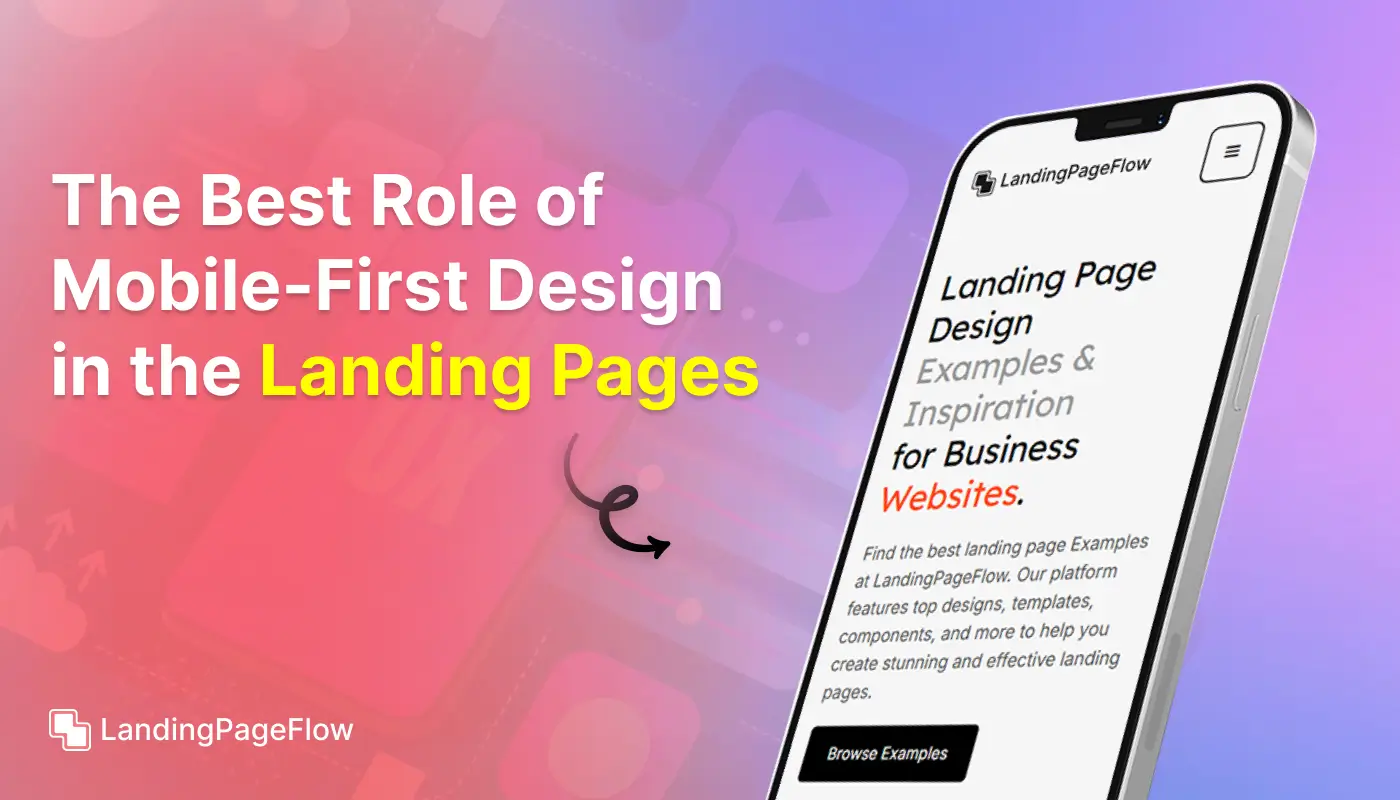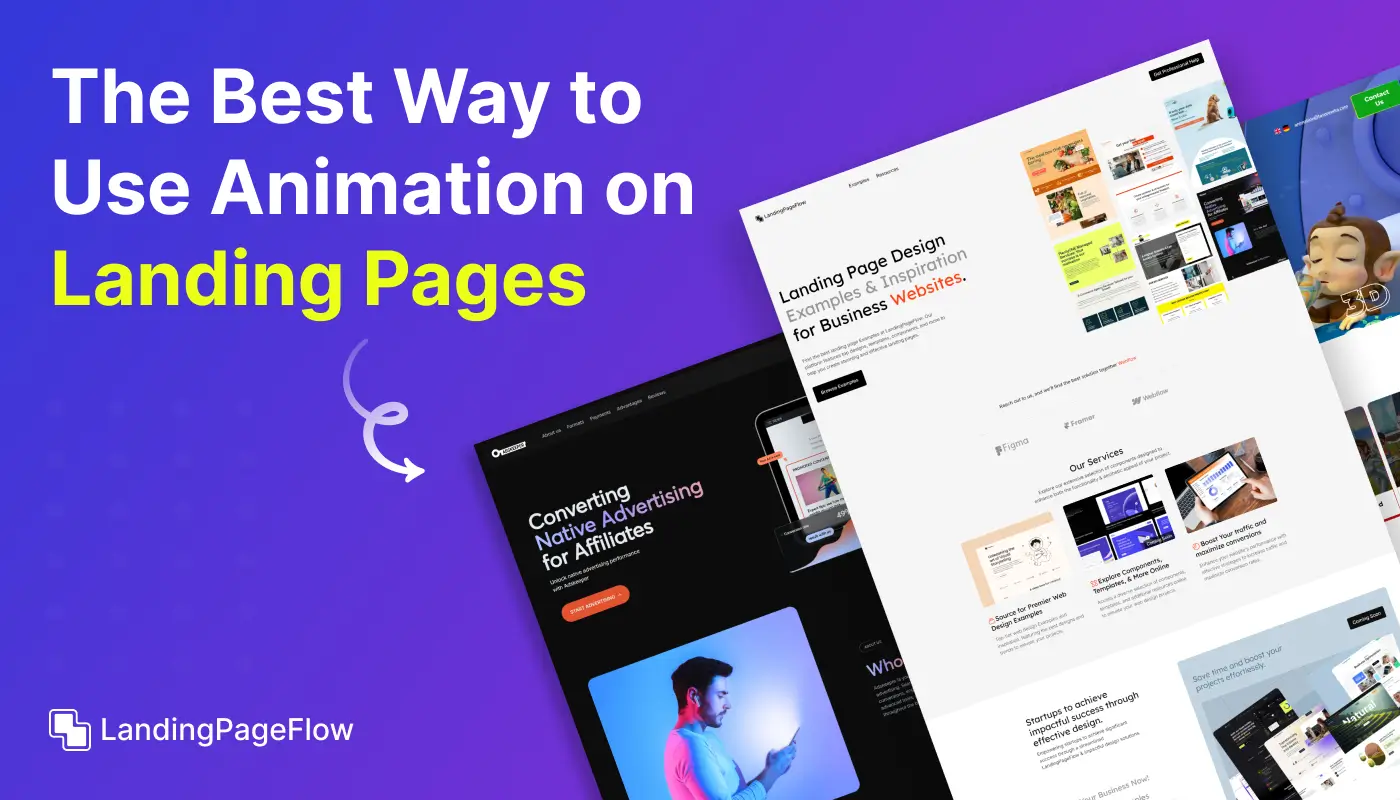Building Beautiful Landing Pages with HTML and CSS

November 15, 2025
An HTML and CSS landing page is more than a static design, and it’s your brand’s digital handshake with visitors.
By combining the precision of HTML’s structure with the styling power of CSS, you can craft landing pages that load quickly, look beautiful, and deliver a smooth user experience.
In this guide, we’ll explore how to create high-performing landing pages with HTML and CSS in 2025. You’ll see examples that use clean layouts, compelling visuals, and strategic content placement to inspire action.
From attention-grabbing hero sections to trust-building testimonials and bold calls-to-action, HTML and CSS give you the flexibility to create pages that align perfectly with your vision.
We’ll cover best practices for layout organization, responsive design techniques, typography pairing, and visual hierarchy that help your message stand out.
Let these insights guide you to build HTML and CSS landing pages that are both visually appealing and results-driven.
"Build beauty that sells.
Claim your free design strategy session now."
Table of Contents
- Understanding the Basics of HTML and CSS
- Introduction to HTML
- Introduction to CSS
- The Importance of Clean Code
- Key Elements of a Beautiful Landing Page
- Visual Hierarchy and Layout
- Typography and Font Choices
- Colors and Themes
- Images and Multimedia Integration
- Step-by-Step Guide to Building a Landing Page
- Structuring Your HTML
- Styling Your Page with CSS
- Adding Interactivity with CSS Animations
- Making Your Page Responsive
- Best Practices For High-Converting Landing Pages
- Crafting Compelling Headlines and Copy
- Designing Effective Call-to-Actions
- Optimizing for Speed and Performance
- Ensuring Accessibility and Usability
- Advanced Techniques and Customizations
- Utilizing CSS Frameworks
- Integrating Third-Party Tools and APIs
- SEO Best Practices for Landing Pages
1. Understanding the Basics of HTML and CSS

- Introduction to HTML: HTML (HyperText Markup Language) is the foundation of web pages, used to structure content with elements like headings, paragraphs, and links.
- Introduction to CSS: CSS (Cascading Style Sheets) enhances the appearance of HTML elements, allowing for the customization of layouts, colors, fonts, and more.
- The Importance of Clean Code: Writing clean, semantic code improves readability, maintainability, and SEO performance.
2. Key Elements of a Beautiful Landing Page

- Visual Hierarchy and Layout: Organize content to guide visitors' attention using visual hierarchy principles and CSS layout techniques like Flexbox and Grid.
- Typography and Font Choices: Select fonts that align with your brand identity and enhance readability, using CSS for styling.
- Colors and Themes: Create a cohesive color scheme that reflects your brand and engages visitors, applying CSS color properties effectively.
- Images and Multimedia Integration: Incorporate high-quality images and multimedia elements to enhance visual appeal, using HTML and CSS for positioning and styling.
3. Step-by-Step Guide to Building a Landing Page

- Structuring Your HTML: Begin with a clear and logical HTML structure, including header, main content, and footer sections.
- Styling Your Page with CSS: Apply CSS to style your HTML elements, focusing on layout, typography, colors, and spacing.
- Adding Interactivity with CSS Animations: Use CSS animations and transitions to create engaging, interactive elements on your landing page.
- Making Your Page Responsive: Ensure your landing page looks great on all devices by implementing responsive design techniques with CSS media queries.
4. Best Practices For High-Converting Landing Pages

- Crafting Compelling Headlines and Copy: Write clear, persuasive headlines and copy that resonate with your audience and highlight key benefits.
- Designing Effective Call-to-Actions: Create standout CTAs with contrasting colors, actionable language, and strategic placement to drive conversions.
- Optimizing for Speed and Performance: Minimize CSS and HTML file sizes, optimize images, and leverage caching to enhance page load times.
- Ensuring Accessibility and Usability: Follow accessibility guidelines to make your landing page usable for all visitors, including those with disabilities.
5. Advanced Techniques and Customizations

- Utilizing CSS Frameworks: Speed up development and ensure consistency by using CSS frameworks like Bootstrap or Tailwind CSS.
- Integrating Third-Party Tools and APIs: Enhance functionality with tools and APIs for analytics, forms, social media, and more.
- SEO Best Practices for Landing Pages: Optimize your landing page for search engines with proper HTML structure, meta tags, and keyword usage.
Conclusion
A well-crafted HTML and CSS landing page blends clarity, style, and performance, is helping you convert visitors into leads or customers without unnecessary complexity.
By focusing on a clear page structure, fast load times, and consistent branding, you make it easy for users to engage with your content.
Keep the design intuitive, ensure full mobile responsiveness, and place CTAs where they naturally fit into the user’s journey.
The strategies and examples in this guide will help you skip design guesswork and create a landing page that not only looks professional but also delivers measurable results.
Now you’re ready to build an HTML and CSS landing page that leaves a strong first impression and inspires visitors to take action.

FAQ
1. Why use HTML and CSS for landing pages?
They give you full control over structure, styling, and performance without relying on heavy frameworks.
2. How do I make my HTML and CSS landing page responsive?
Use media queries, fluid layouts, and flexible images to ensure it looks great on all devices.
3. What’s the best way to improve load speed?
Optimize images, minify CSS, and use lightweight code without unnecessary scripts.
4. Can I add animations to an HTML and CSS landing page?
Yes, CSS transitions and keyframe animations can add interactivity and visual appeal.
5. What’s the ideal layout for conversions?
A clear hero section, benefit highlights, social proof, and a strong, visible call-to-action.
6. How can I test the effectiveness of my page?
Use A/B testing, heatmaps, and analytics to see how visitors interact with your design and adjust accordingly.



















